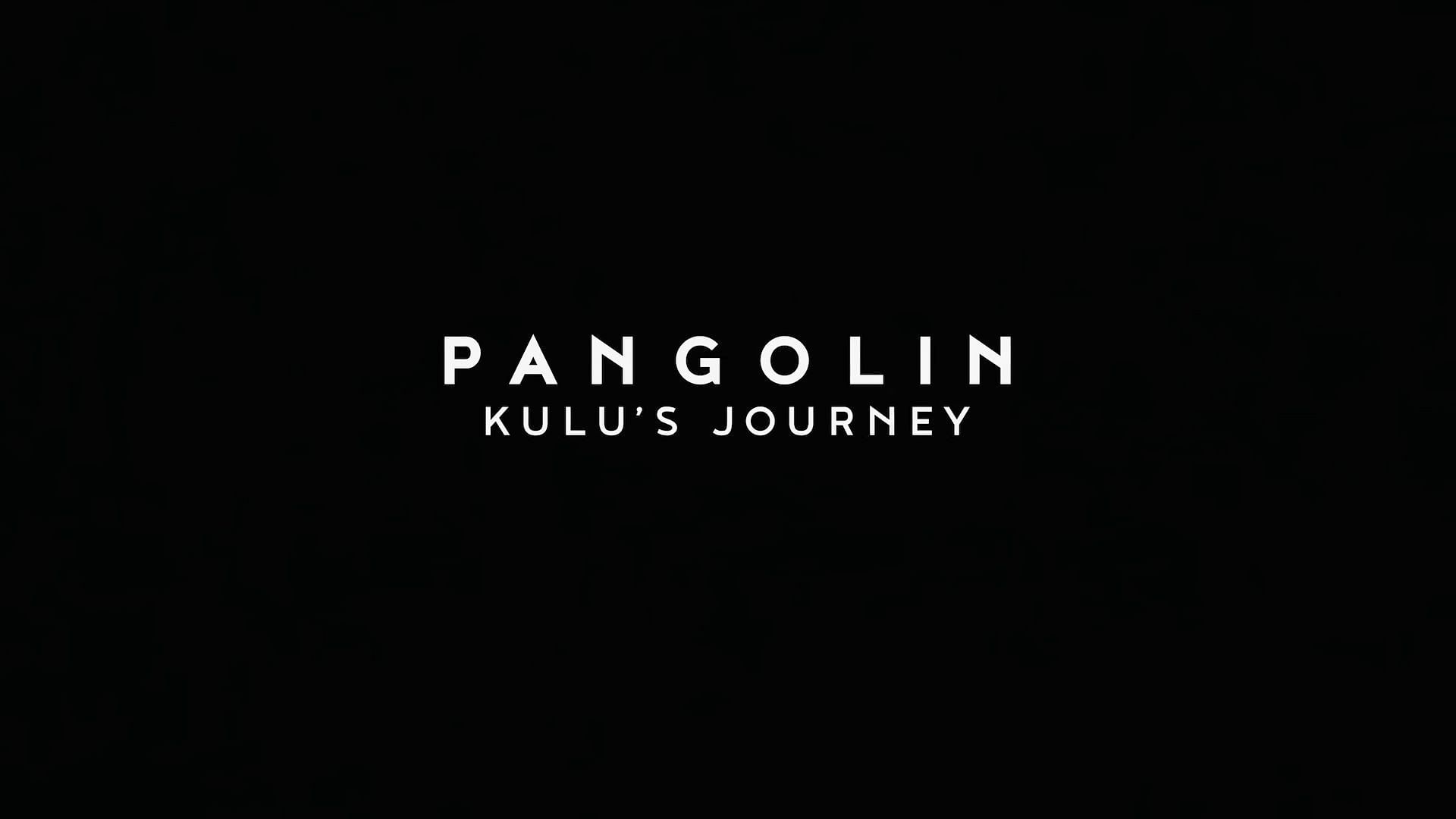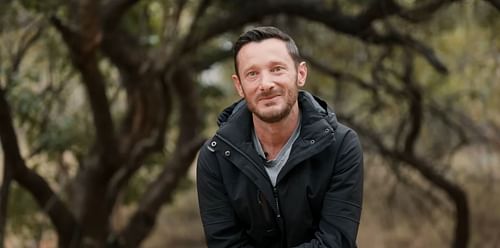The fascinating true story behind Pangolin: Kulu's Journey, explained

Pangolin: Kulu's Journey is Netflix's documentary, which documents the journey of a pangolin named Kulu. It was rescued from animal trafficking and reintroduced to its natural habitat. Kulu was adopted by Gareth Thomas, a former poker player, who turned into a Volunteer Pangolin Walker.
Pangolin: Kulu's Journey highlights Gareth's efforts in Kulu's rehabilitation in the Lapalala Wilderness Reserve in South Africa. The documentary movie explores the relationship between an endangered species and a human, while addressing broader themes of wildlife conservation.
Pangolin: Kulu's Journey premiered on Netflix on April 21, 2025. The documentary is 1 hour and 28 minutes long and is available for streaming on the platform.
What is the true story behind Netflix's Pangolin: Kulu's Journey
Pangolin: Kulu's Journey is directed by filmmaker Pippa Ehrlich, best known for her 2020 documentary My Octopus Teacher. As reported by XPosure, Ehrlich is an Oscar and BAFTA-winning filmmaker and journalist. She specialises in the themes surrounding wildlife conservation, exploring the relationship between humans with the natural world.
In Pangolin: Kulu's Journey, Ehrlich documents the story of Gareth Thomas, who rescues Kulu, the pangolin, from the illegal wildlife trade in Africa. As per the documentary, only eight species of pangolin currently survive, primarily found in parts of Asia and Africa.
The Pangolin is the most trafficked mammal in the world. This is mainly due to the popular belief that Pangolin keratin scales have medicinal value according to traditional Chinese medicine.

As shown in the documentary, Gareth Thomas, a resident of Johannesburg, rescued a baby pangolin, which was without a mother. With the help of African Pangolin Working Group founder Ray Jensen, the Pangolin, named Gijima, was later treated in the Johannesburg Veterinary Hospital.
After initial recovery, Gijima was taken to the Lapala Wilderness Reserve. Located in the province of South Africa, this natural reserve has the ideal environment for the Pangolin to adapt to its natural habitat.
Pangolin: Kulu's Journey documents a rescued Pangolin's journey back to the wilderness

The documentary captures Gijima's days while living in the Lapala Wilderness Reserve. Due to the previous experiences with the poachers, the pangolin initially displayed a natural aversion to human interaction.
Gareth, throughout the documentary, undergoes a journey of earning the trust of the scared animal while trying to study its instincts. Early morning scenes show Gijima scratching his box early in the morning, to signal Thomas to let it out on the ground. Viewers can also see the Gijima learning to find ants for food, with its highly sensitive sense of smell.
As the days go by, Gijima is seen getting more comfortable around Gareth Thomas. As he begins to earn the Pangolin's trust, Gijima climbs off his shoulder, wrapping his tail around Gareth's arm. Finally, the documentary narrates the story of how Gijima is named Kulu.
In the context of the African language Zulu, Gigima means Run. Eventually, with the Pangolin's changing behaviour from fear to trust, he is named as Kulu, which means Easy. Pangolin: Kulu's Journey is a documentation of a man's relationship with nature, portrayed through one of the most endangered species in the world.
The filming of Pangolin: Kulu's Journey primarily took place around the regions of South Africa and the United Kingdom. The documentary is produced under the banner of Anonymous Content and Dog Star Films.
Check out our other articles for recommendations on the best documentaries to watch.




